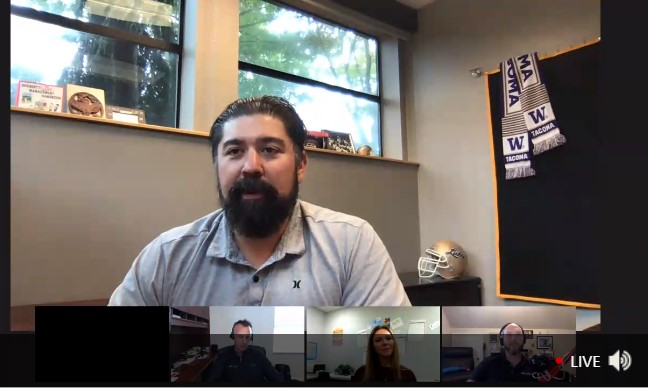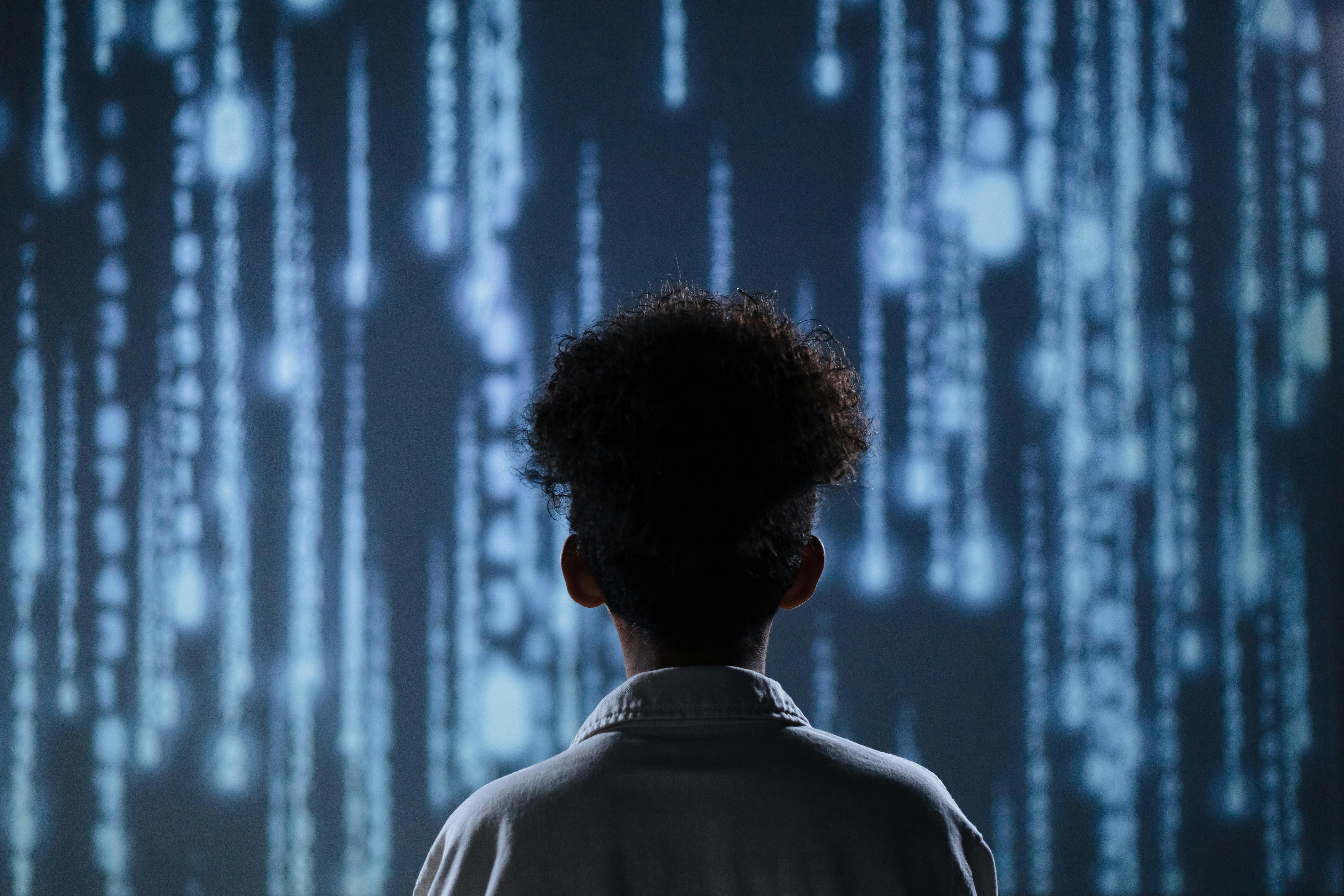Lessons Learned from Back to School
Now that school is back in session, plans made during the summer have been altered to accommodate the reality of the new normal

In early August, Tech & Learning talked with two district leaders about their reopening plans: one district was going to open fully virtual, while the other was going to open fully in-person. Here is the link to view the August webinar.
During a recent Tech & Learning District Leadership Lunch ‘n Learn Roundtable these district leaders talked about what they’ve learned this past month, from deploying devices, to delivering instruction to keeping students safe online. What lessons have they learned since that conversation? What worked and what did they need to modify? How are they addressing student safety in this new environment?
See the on-demand version here
Key Takeaways
Looking back to go forward. “The key to being successful has been looking back to see how we survived last spring,” said Marc Elliott, Chief Information Officer for Olympia School District in Washington, which is currently holding classes only remotely. “We were in survival mode in the spring, so after it was over, we built a theme that this fall was going to be better.” The district “dumped a lot of PD in the laps of our teachers,” he said, from how-tos to basic learning of edtech tools. “Principals have been telling us that teachers are now beginning to settle in and are finding a groove with remote teaching with students. We’re seeing that our prep has really paid off.”
Easing the load. To free up more time for remote teaching, the district built its own proprietary check-in system that allows students to register every day rather than the teacher having to chase them down. The tool is also used as “a screener” in that students can give a thumbs up/down for each class, provide information on their social-emotional health, and offer basic information regarding their physical health. “Teachers are getting more info than ever before and they’re struggling with how to process it all,” says Elliott. IT is providing extra support.
One day at a time. In the Metropolitan School District of Steuben County in Angola, Indiana, teachers are approaching every day “as if tomorrow could be a virtual learning day,” said Chantell Manahan, Director of Technology. The district’s class mix is currently 75% face-to-face and 25% virtual. “Every day of face-to-face learning is a bonus,” Manahan said.
Addressing the stress. “My son came home and said, ‘Mom they took all the fun out of school,’” said Manahan. Learning is looking a lot different for everyone now, so the focus is on mental health. “Teachers are exhausted,” she said. “They’re working more now than ever in a hybrid environment. Now what they most want is time. I wish we could fabricate time for them out of thin air.” Leaders have tried to get creative with scheduling to provide breaks, for example, implementing reading time in face-to-face classes to free up time so teachers can check on virtual students. The district is also partnering with a local college to have in-training education students serve as co-teachers in online environments to ease some of that burden.
Tech & Learning Newsletter
Tools and ideas to transform education. Sign up below.
Family support. In Olympia School District, Elliott says the biggest request they get is, “When are we going to train the families? And with 10,000 students, that can be intimidating.” To provide support, IT built an online resource center and help desk. The district is now up 85% with 1:1 Chromebooks for elementary school students, and more than 300 hotspots have been distributed to students with no access. The district was also able to engage the district foundation to provide funds for monthly internet access for families who can’t afford it.
Early warning system. “Students don’t lie to Google,” said Anders Johnsson, SVP of Global Sales for Securly. By being able to monitor their search results on school-issued devices, a district can alert parents if a child is struggling with mental health or thinking of hurting themselves. “Kids are like electrons--they follow the path of least resistance, so they’ll use the screen in front of them, which means they will use their school devices to search mental health issues,” said Johnsson.
App-ropriate support. Johnsson also pointed out that kids want to be social and now that they’re often stuck at home, they’re using their devices more than ever. The good news is that there’s been a decrease in bullying, however, students are facing new mental health challenges. Securly offers a new app that allows parents to see what students are searching online so they can have discussions if a student is searching for ways to hurt themselves. It can also send mental health notifications if students are potentially at risk. “Parents want to know what their kids are doing, they are concerned, and are appreciative to have apps and tools that can help them stay connected,” said Johnsson.
Lunch 'n Learn with Tech & Learning
This report is part of Tech & Learning's District Leadership Lunch ‘n Learn Roundtable series, hosted by Dr. Kecia Ray. In this series, districts from across the U.S. share their strategic plans, the challenges they are facing, and the creative solutions they are using to support students and teachers. Access previous webinars and register for our upcoming events here.
More from T&L: Lunch 'n Learn roundtable recaps
What They're Doing in Illinois
What They’re Doing in New York
What They’re Doing in California
Transitioning from Remote Learning to Blended Learning
Cybersecurity Planning for Next School Year
Finding & Funding the Best Tools for Any Learning Environment
How to Use Data to Prepare for the Upcoming School Year
Using Data to Prepare for Back to School
Online Filtering and Monitoring for Districts
Distance to Hybrid Learning: How to Drive Student Success
Collaborating with IT and Instruction to Ensure Continuous Instruction in Any Learning Environment
Ray Bendici is the Managing Editor of Tech & Learning and Tech & Learning University. He is an award-winning journalist/editor, with more than 20 years of experience, including a specific focus on education.
